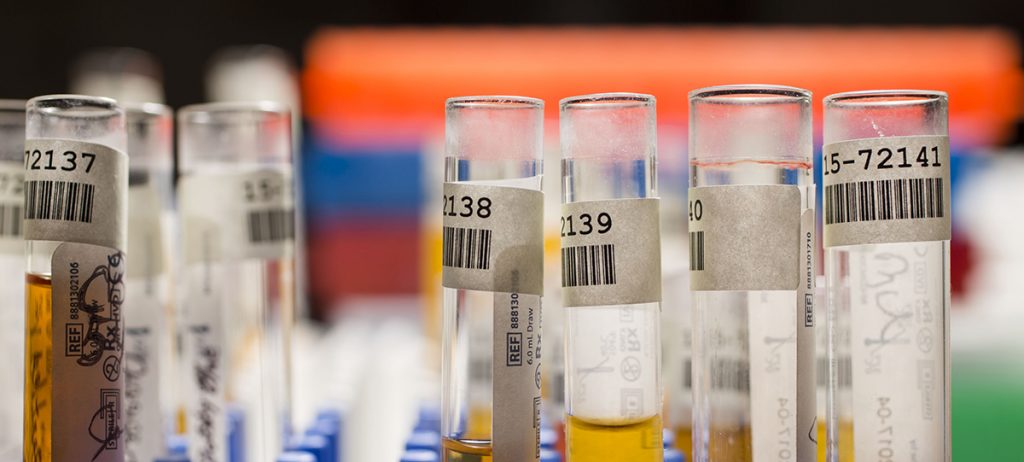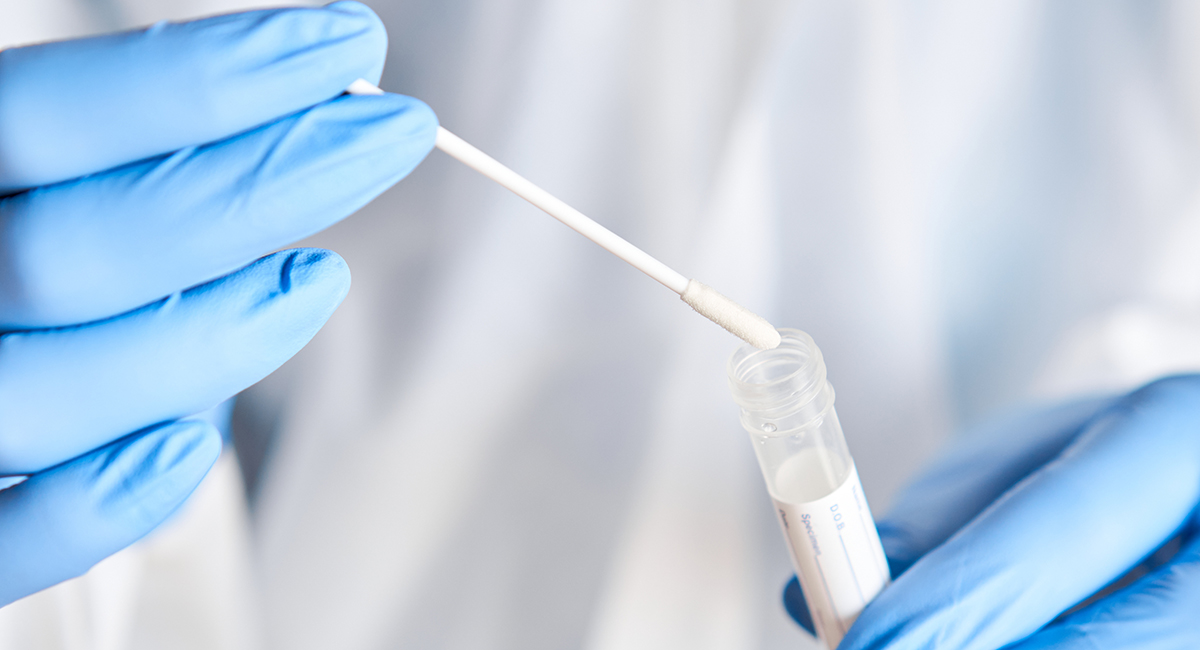The Veterinary Diagnostic Laboratory is a full-service, all-species lab that helps veterinarians across Illinois and beyond get to the bottom of their patients’ problems.
And it’s a whole lot more. Staffed by more than 20 faculty specialists and more than 70 technical staff members, the Veterinary Diagnostic Laboratory plays an integral role in all aspect of the college mission:
- Educating veterinary students and master’s/PhD students about diagnostic methods
- Researching new and better ways to detect disease, and supporting the biomedical research community with sample analysis and interpretation of data across species
- Serving the public by rapidly identifying infectious agents, toxins, parasites, and other threats to animal and human health
The Veterinary Diagnostic Laboratory is part of the College of Veterinary Medicine and also the diagnostic laboratory of record for the Illinois Department of Agriculture. Its clients include not only veterinary practitioners serving animal owners but also public health officials, law enforcement, and wildlife/conservation organizations around the world.
Did you know…?
The Zoological Pathology Program, located in the Chicago area, has earned an international reputation for excellence in diagnostic service, education of residents and veterinary students, contribution to worldwide conservation efforts, and original scholarship since its founding in 1993. It’s part of the Veterinary Diagnostic Laboratory!
When the COVID-19 pandemic hit, the Veterinary Diagnostic Laboratory rapidly organized a facility to perform saliva-based testing that allowed the University of Illinois to safely resume on-campus activities in fall 2020. More than 2 million tests were performed in the first 9 months of the SHIELD program!
The laboratory is accredited by the American Association of Veterinary Laboratory Diagnosticians—an internationally recognized sign of quality. It’s also a member of the National Animal Health Laboratory Network, which works to detect biological threats to animal agriculture and protect public health and the nation’s food supply.


